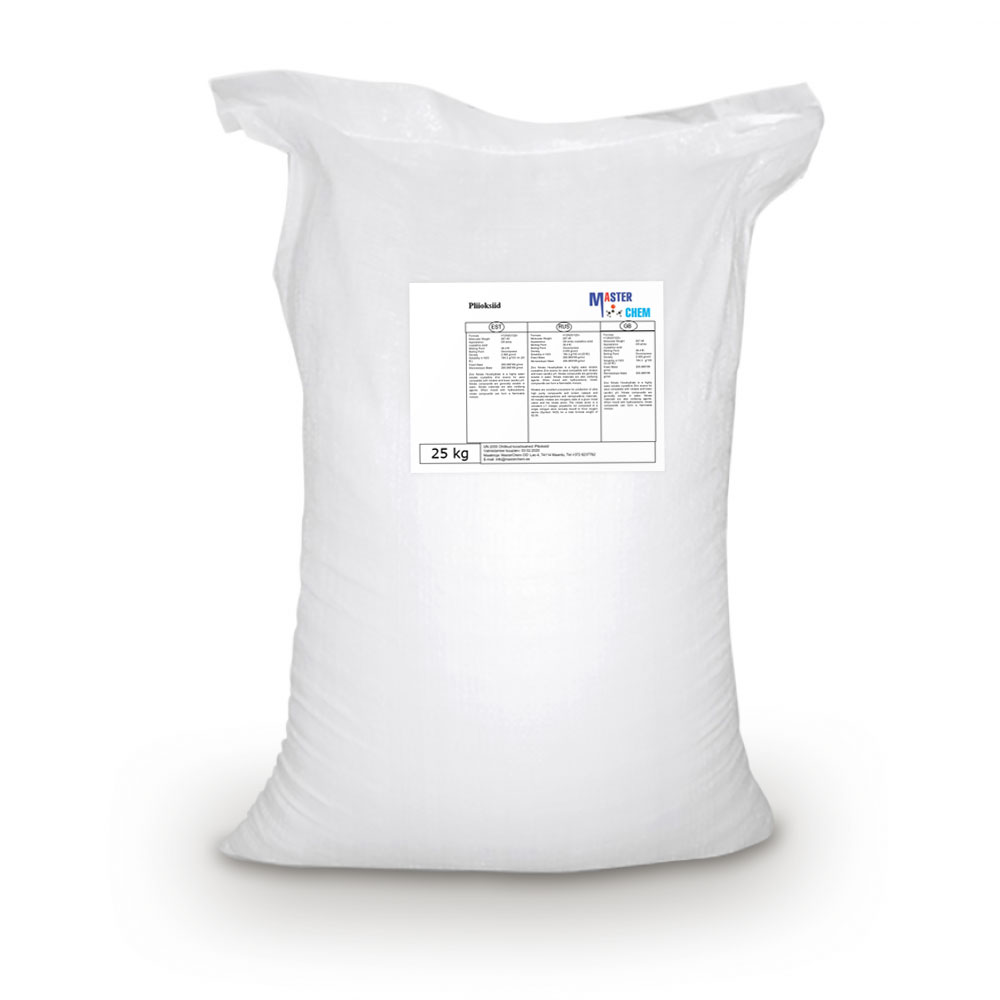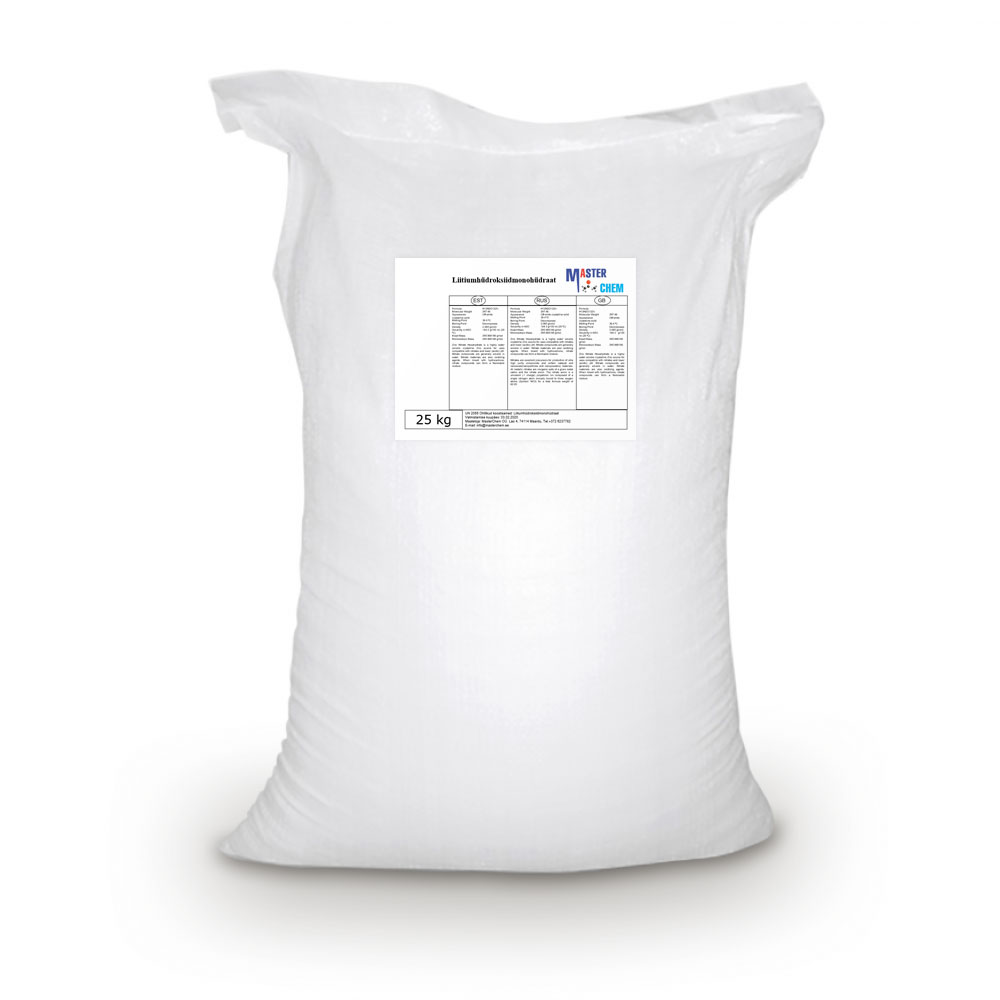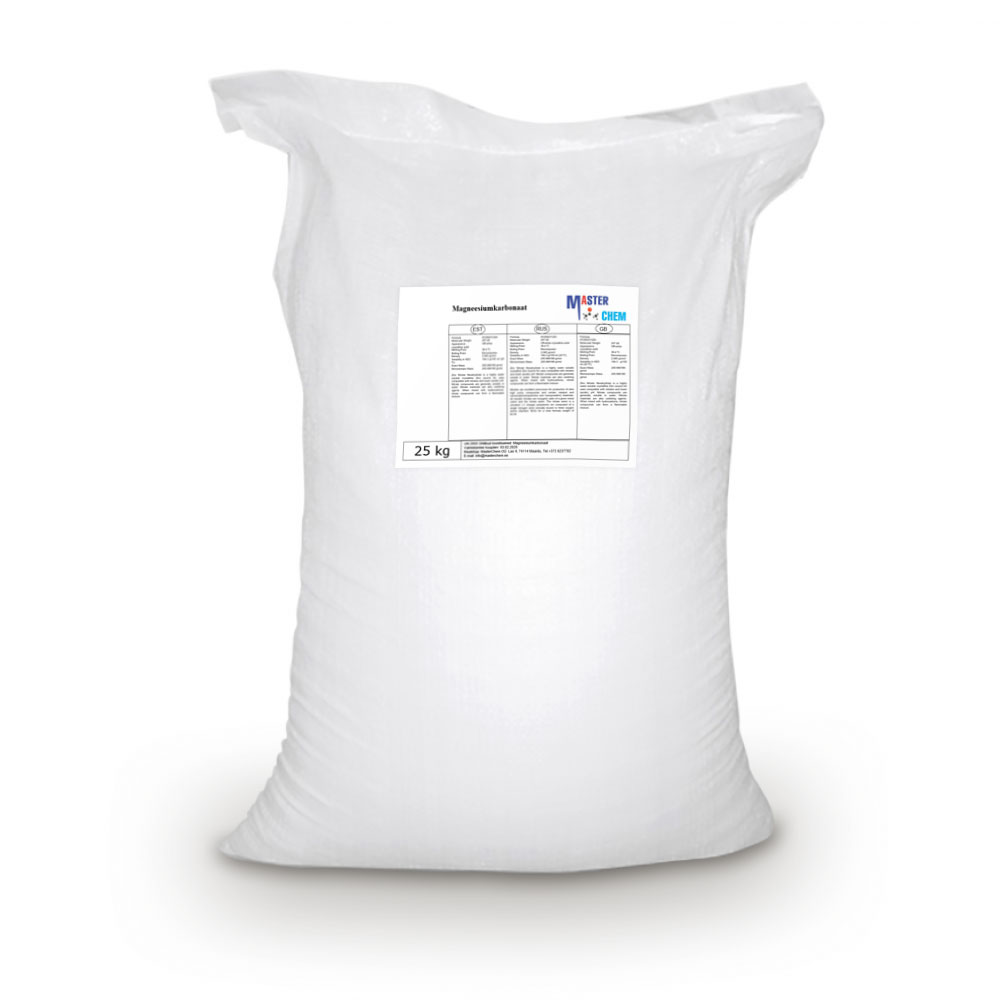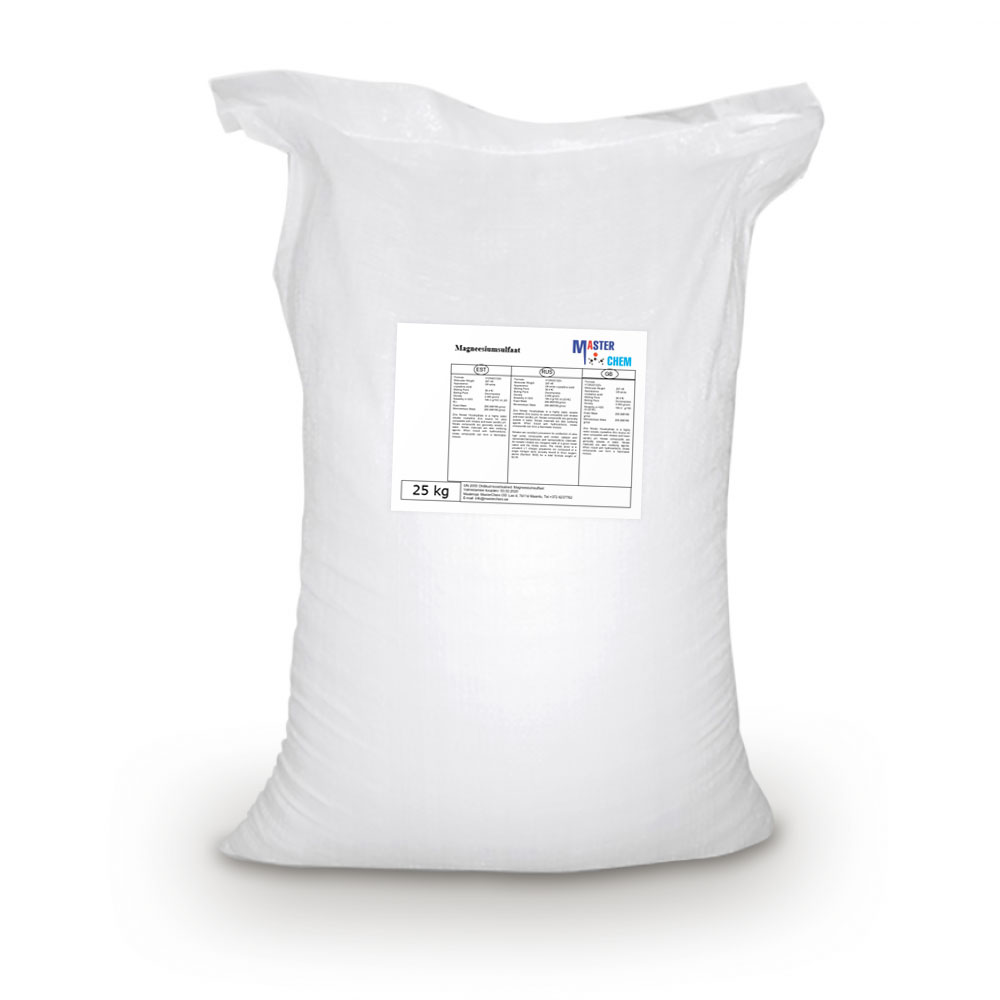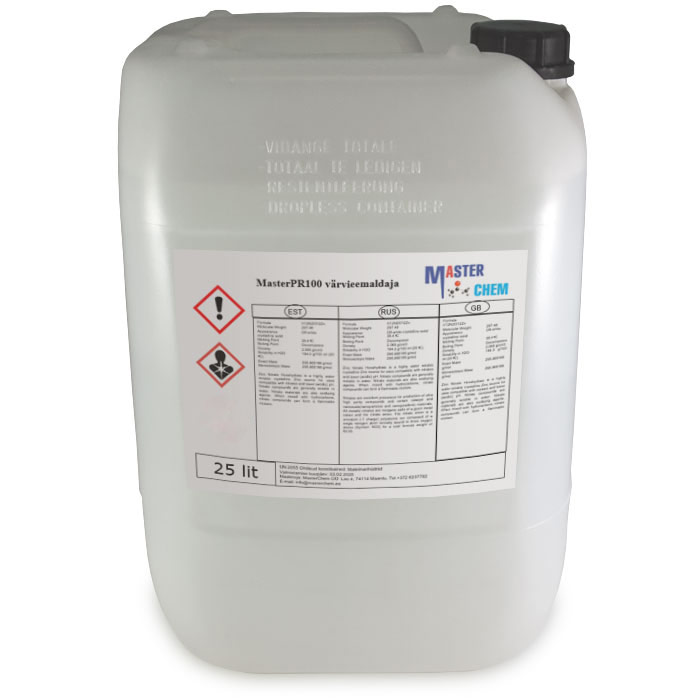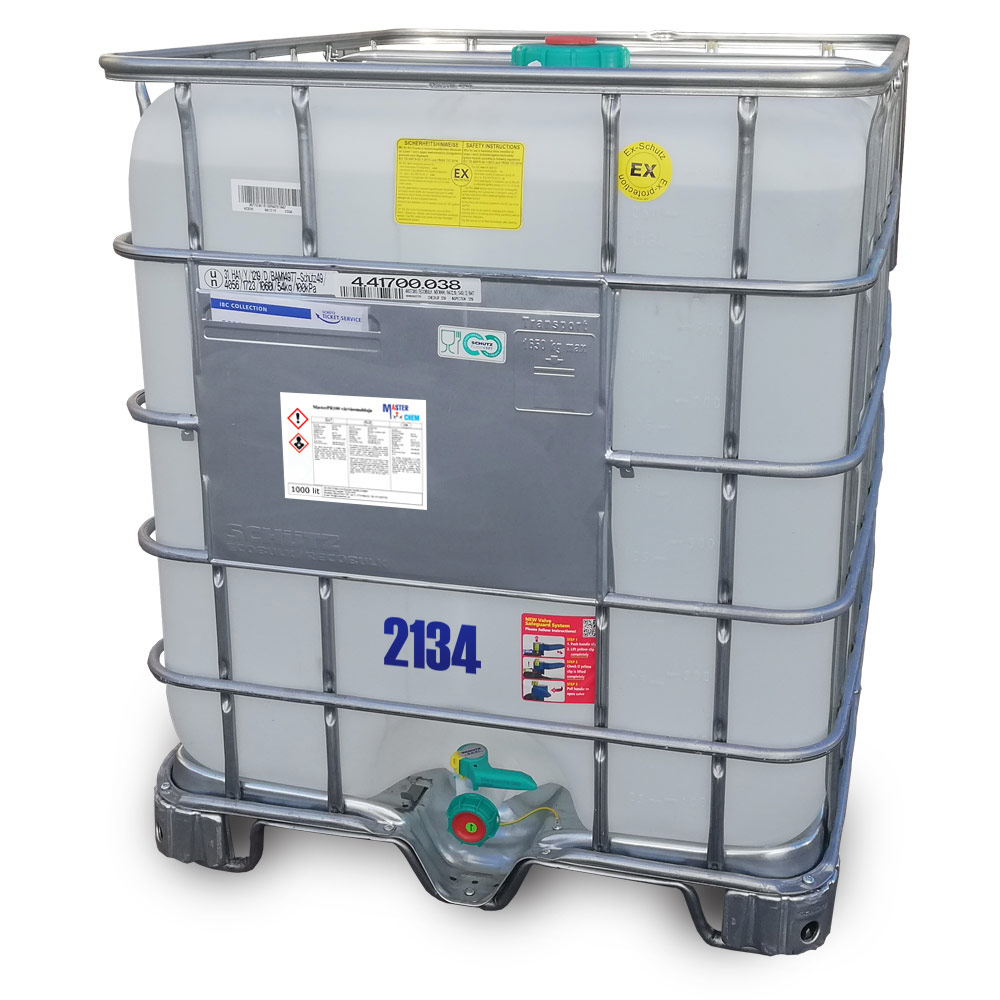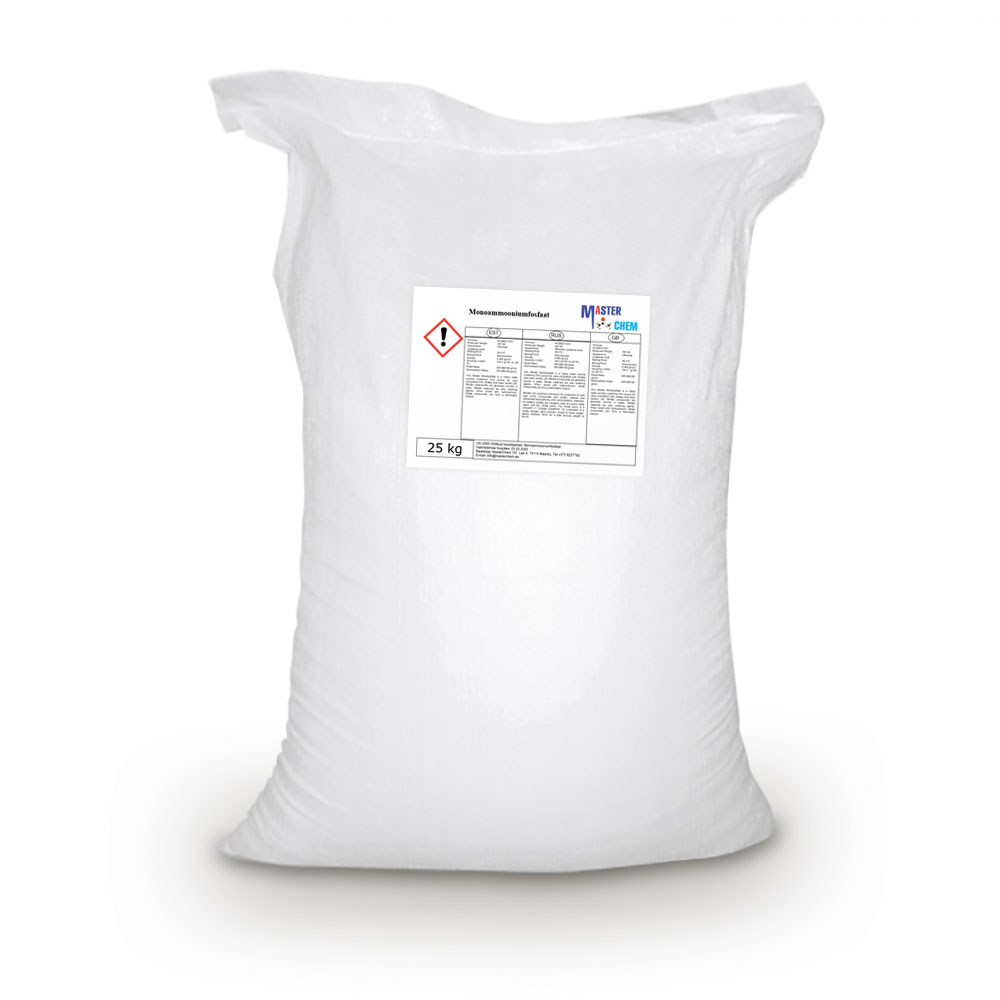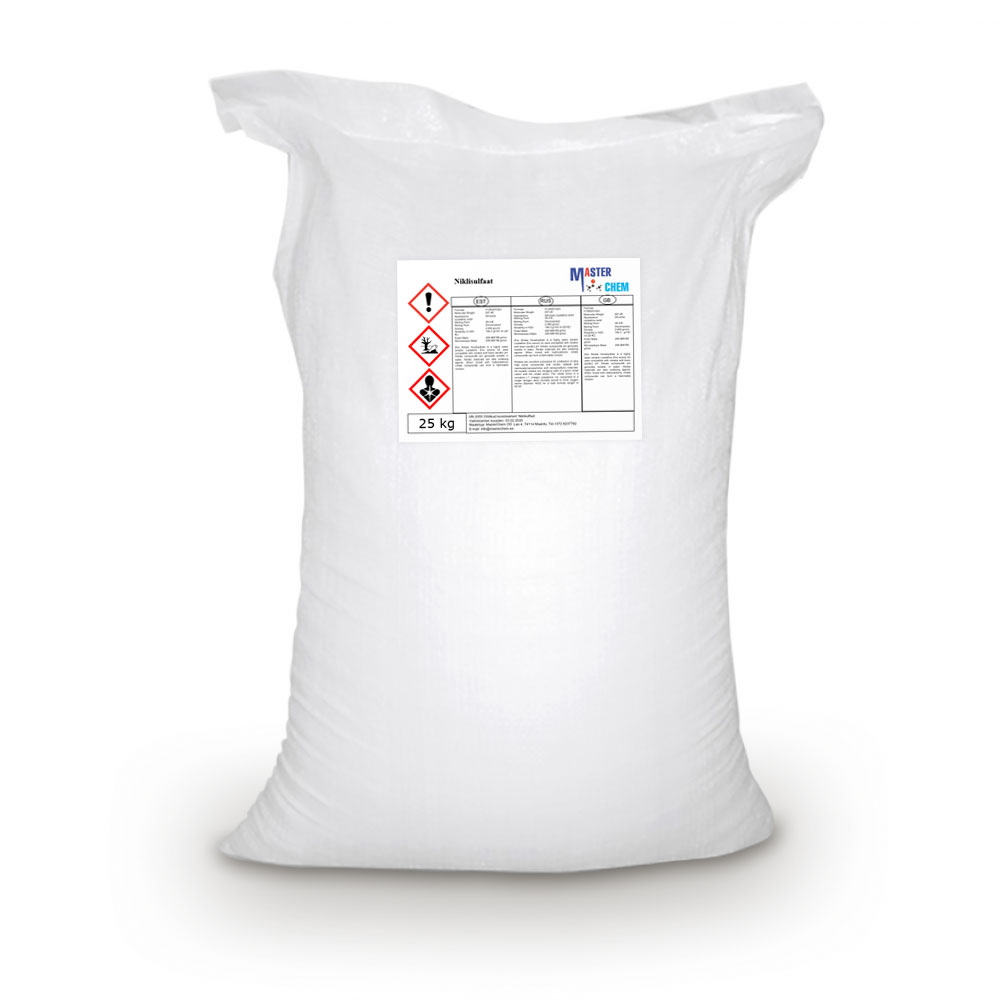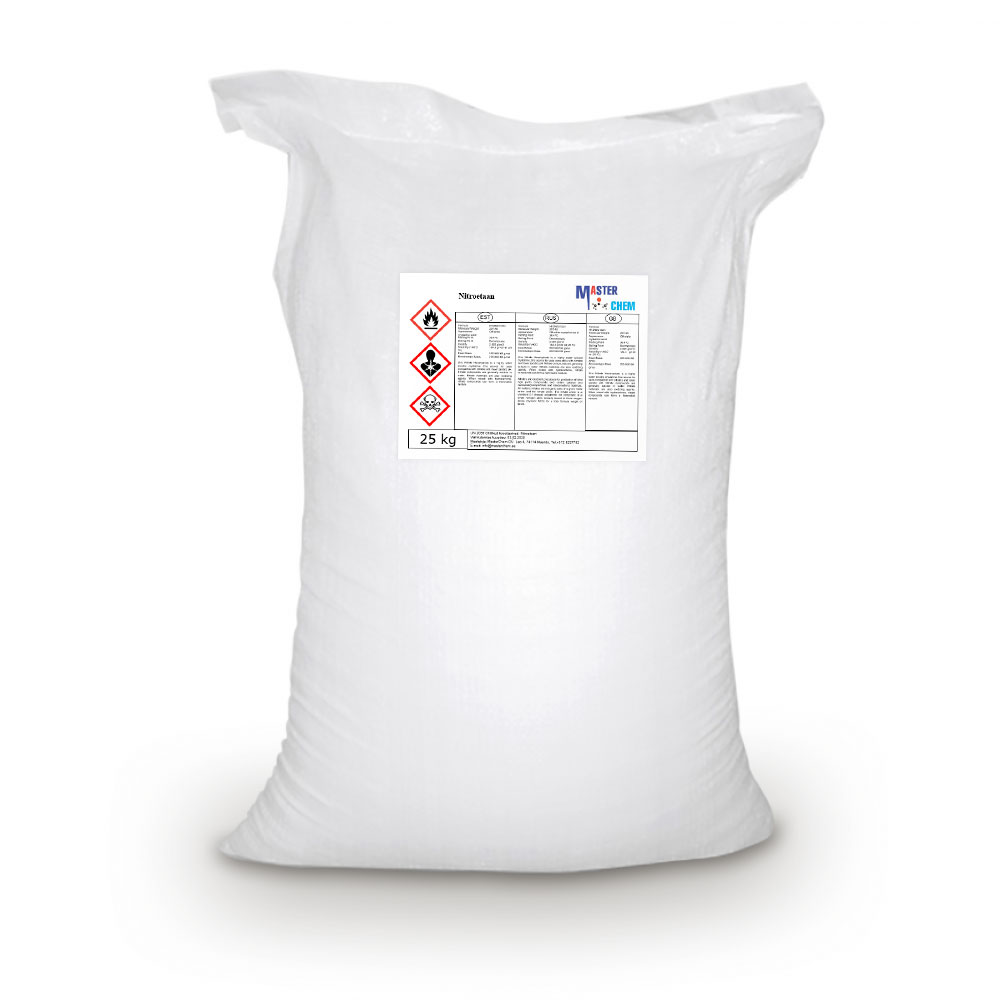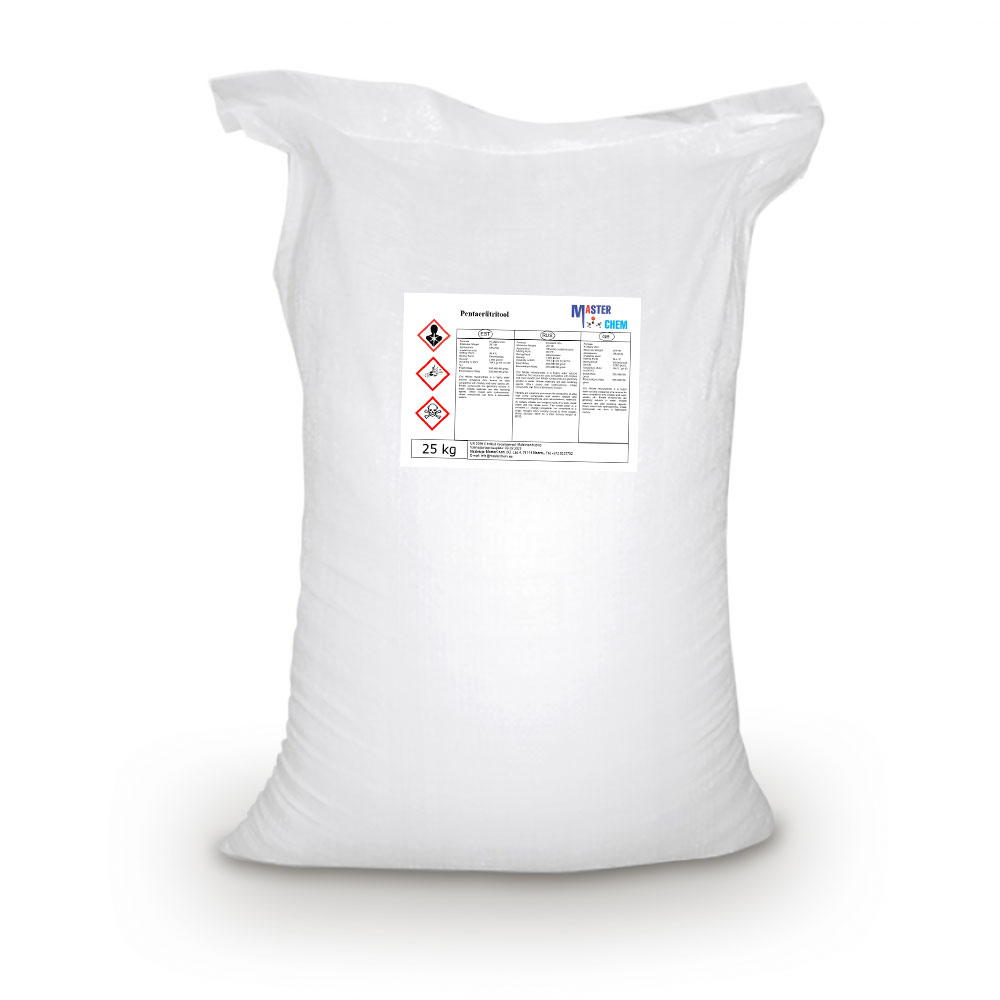Currently Empty: €0.00
Lead oxide (CAS 1317-36-8)
Lead oxide (CAS 1317-36-8)
Lead(II) oxide, also called lead monoxide, is the inorganic compound with the molecular formula PbO. PbO occurs in two polymorphs: litharge having a tetragonal crystal structure, and massicot having an orthorhombic crystal structure. Modern applications for PbO are mostly in lead-based industrial glass and industrial ceramics, including computer components. It is an amphoteric oxide.
The kind of lead in lead glass is normally PbO, and PbO is used extensively in making glass. Depending on the glass, the benefit of using PbO in glass can be one or more of increasing the refractive index of the glass, decreasing the viscosity of the glass, increasing the electrical resistivity of the glass, and increasing the ability of the glass to absorb X-rays. Adding PbO to industrial ceramics (as well as glass) makes the materials more magnetically and electrically inert (by raising their Curie temperature) and it is often used for this purpose. Historically PbO was also used extensively in ceramic glazes for household ceramics, and it is still used, but not extensively any more. Other less dominant applications include the vulcanization of rubber and the production of certain pigments and paints. PbO is used in cathode ray tube glass to block X-ray emission, but mainly in the neck and funnel because it can cause discoloration when used in the faceplate. Strontium oxide and Barium oxide are preferred for the faceplate.
The consumption of lead, and hence the processing of PbO, correlates with the number of automobiles, because it remains the key component of automotive lead–acid batteries.
Lithium hydroxide monohydrate (CAS 1310-66-3)
Lithium hydroxide monohydrate (CAS 1310-66-3)
Lithium hydroxide is an inorganic compound with the formula LiOH.(H2O)n. Both the anhydrous and hydrated forms are white hygroscopic solids. They are soluble in water and slightly soluble in ethanol. Both are available commercially. While classified as a strong base, lithium hydroxide is the weakest known alkali metal hydroxide.
The preferred feedstock is hard-rock spodumene, where the lithium content is expressed as % lithium oxide.
Magnesium carbonate (CAS 546-93-0)
Magnesium carbonate (CAS 546-93-0)
Magnesium carbonate, Mg CO3 (archaic name magnesia alba), is an inorganic salt that is a white solid. Several hydrated and basic forms of magnesium carbonate also exist as minerals.
The primary use of magnesium carbonate is the production of magnesium oxide by calcining. Magnesite and dolomite minerals are used to produce refractory bricks. MgCO3 is also used in flooring, fireproofing, fire extinguishing compositions, cosmetics, dusting powder, and toothpaste. Other applications are as filler material, smoke suppressant in plastics, a reinforcing agent in neoprene rubber, a drying agent, a laxative to loosen the bowels, and colour retention in foods. In addition, high purity magnesium carbonate is used as an antacid and as an additive in table salt to keep it free flowing. Magnesium carbonate can do this because it doesn’t dissolve in water, only acid, where it will effervesce (bubble).
Magnesium Sulfate Anhydrate (CAS 7487-88-9)
Magnesium Sulfate Anhydrate (CAS 7487-88-9)
Magnesium sulfate or magnesium sulphate (in British English) is a chemical compound, a salt with the formula MgSO4, consisting of magnesium cations Mg2+ (20.19% by mass) and sulfate anions SO2−4. It is a white crystalline solid, soluble in water but not in ethanol.
Magnesium sulfate is usually encountered in the form of a hydrate MgSO4·nH2O, for various values of n between 1 and 11. The most common is the heptahydrate MgSO4·7H2O, known as Epsom salt, which is a household chemical with many traditional uses, including bath salts.
The main use of magnesium sulfate is in agriculture, to correct soils deficient in magnesium (an essential plant nutrient because of the role of magnesium in chlorophyll and photosynthesis). The monohydrate is favored for this use; by the mid 1970s, its production was 2.3 million tons per year. The anhydrous form and several hydrates occur in nature as minerals, and the salt is a significant component of the water from some springs.
Magnesium Sulfate Monohydrate (CAS 14168-73-1)
Magnesium Sulfate Monohydrate (CAS 14168-73-1)
Magnesium sulfate or magnesium sulphate (in British English) is a chemical compound, a salt with the formula MgSO4, consisting of magnesium cations Mg2+ (20.19% by mass) and sulfate anions SO2−4. It is a white crystalline solid, soluble in water but not in ethanol.
Magnesium sulfate is usually encountered in the form of a hydrate MgSO4·nH2O, for various values of n between 1 and 11. The most common is the heptahydrate MgSO4·7H2O, known as Epsom salt, which is a household chemical with many traditional uses, including bath salts.
The main use of magnesium sulfate is in agriculture, to correct soils deficient in magnesium (an essential plant nutrient because of the role of magnesium in chlorophyll and photosynthesis). The monohydrate is favored for this use; by the mid 1970s, its production was 2.3 million tons per year. The anhydrous form and several hydrates occur in nature as minerals, and the salt is a significant component of the water from some springs.
Magnesium Sulphate Heptahydrate (CAS 10034-99-8)
Magnesium Sulphate Heptahydrate (CAS 10034-99-8)
Magnesium sulfate or magnesium sulphate (in British English) is a chemical compound, a salt with the formula MgSO4, consisting of magnesium cations Mg2+ (20.19% by mass) and sulfate anions SO2−4. It is a white crystalline solid, soluble in water but not in ethanol.
Magnesium sulfate is usually encountered in the form of a hydrate MgSO4·nH2O, for various values of n between 1 and 11. The most common is the heptahydrate MgSO4·7H2O, known as Epsom salt, which is a household chemical with many traditional uses, including bath salts.
The main use of magnesium sulfate is in agriculture, to correct soils deficient in magnesium (an essential plant nutrient because of the role of magnesium in chlorophyll and photosynthesis). The monohydrate is favored for this use; by the mid 1970s, its production was 2.3 million tons per year. The anhydrous form and several hydrates occur in nature as minerals, and the salt is a significant component of the water from some springs.
MasterPR100 Organic Paint Remover
Safety:
Special precautions must be taken with MasterPR100: wear gloves to avoid contact with the skin and use a suitable air suction system.
Physical properties:
Physical properties
Density – 1.29 g / cm3.
Thermal properties:
Melting point -97 °C,
Boiling point 44 °C,
Flash point 14 °C
Storage and Distribution:
After long periods of storage, always check homogeneity and stir well before use to eliminate any possible sediment.
Storage is normally in a cool, dry and well ventilated facility away from oxidising agents. MasterPR100 should be kept out of direct sunlight, heat and open flames.
A bulk solvent exporter would normally distribute this solvent in bulk vessels or tank trucks. For transportation purposes, MasterPR100 is classed as a flammable liquid with a fire hazard rating of 2. A full bulk chemical distributor would export the solvent throughout regions such as the UK, Europe, Africa and America.
Monoammonium Phosphate (CAS 7722-76-1)
Monoammonium Phosphate (CAS 7722-76-1)
Ammonium dihydrogen phosphate (ADP), also known as monoammonium phosphate (MAP) is a chemical compound with the chemical formula (NH4)(H2PO4). ADP is a major ingredient of agricultural fertilizers and some fire extinguishers. It also has significant uses in optics and electronics.
Monoammonium phosphate is soluble in water and crystallizes from it as the anhydrous salt in the tetragonal system, as elongated prisms or needles. It is practically insoluble in ethanol.
Solid monoammonium phosphate can be considered stable in practice for temperatures up to 200 °C, when it decomposes into gaseous ammonia NH3 and molten phosphoric acid H3PO4. At 125 °C the partial pressure of ammonia is 0.05 mm Hg.
A solution of stoichometric monoammonium phosphate is acidic (pH 4.7 at 0.1% concentration, 4.2 at 5%).
Nickel sulfate (CAS 10101-97-0)
Nickel sulfate (CAS 10101-97-0)
Nickel(II) sulfate, or just nickel sulfate, usually refers to the inorganic compound with the formula NiSO4(H2O)6. This highly soluble blue green coloured salt is a common source of the Ni2+ ion for electroplating.
Nigrosin (CAS 101357-16-8)
Nigrosin (CAS 101357-16-8)
In staining dyes, nigrosin (CI 50415, Solvent black 5) is a mixture of black synthetic dyes made by heating a mixture of nitrobenzene, aniline, and hydrochloric acid in the presence of copper or iron. Related to induline, it is a mixture of phenazine-based compounds. Its main industrial uses are as a colorant for lacquers and varnishes and in marker pen inks. Sulfonation of nigrosin yields a water-soluble anionic dye, nigrosin WS (CI 50420, Acid black 2).
Aside from its main use in lacquers, small amounts of nigrosin are used for negative staining of bacteria. as well as the capsule-containing fungus Cryptococcus neoformans. The shapes and sizes of the organisms are seen as color-free outlines against the dark background. An advantage of using this method, rather than regular positive stains like methylene blue or carbol fuchsin, is that prior fixation by heat or alcohol is not needed, so the organisms are seen in more lifelike shapes. Furthermore, negative staining with nigrosin can reveal some microorganisms that cannot be stained by regular methods. Nigrosin WS is used in tests for viability because living cells exclude the dye, but it enters dead cells
Nitroethane (CAS 79-24-3)
Nitroethane (CAS 79-24-3)
Nitroethane is an organic compound having the chemical formula C2H5NO2. Similar in many regards to nitromethane, nitroethane is an oily liquid at standard temperature and pressure. Pure nitroethane is colorless and has a fruity odor.
Via condensations like the Henry reaction, nitroethane converts to several compounds of commercial interest. Condensation with 3,4-dimethoxybenzaldehyde affords the precursor to the antihypertensive drug methyldopa; condensation with unsubstituted benzaldehyde yields phenyl-2-nitropropene. Nitroethane condenses with two equivalents of formaldehyde to give, after hydrogenation, 2-amino-2-methyl-1,3-propanediol, which in turn condenses with oleic acid to give an oxazoline, which protonates to give a cationic surfactant.
Pentaerythritol (CAS 115-77-5)
Pentaerythritol (CAS 115-77-5)
Other names:
2,2-Bis(hydroxymethyl)1,3-propanediol, Pentaerythritol, Hercules P 6, Monopentaerythritol, Tetramethylolmethane, THME, PETP, Pentaerythrite, Pentek, Hercules Aqualon improved technical PE-200
Pentaerythritol is an organic compound with the formula C(CH2OH)4. Classified as a polyol, it is a white solid. Pentaerythritol is a building block for the synthesis and production of explosives, plastics, paints, appliances, cosmetics, and many other commercial products.
The word pentaerythritol is a blend of penta- in reference to its 5 carbon atoms and erythritol, which also possesses 4 alcohol groups.

